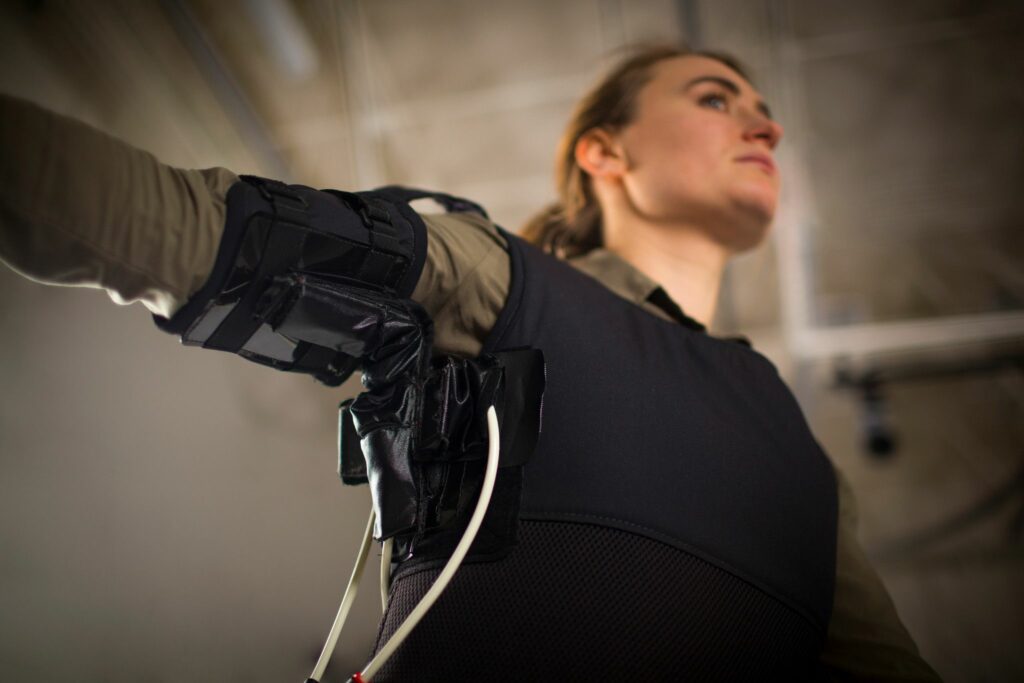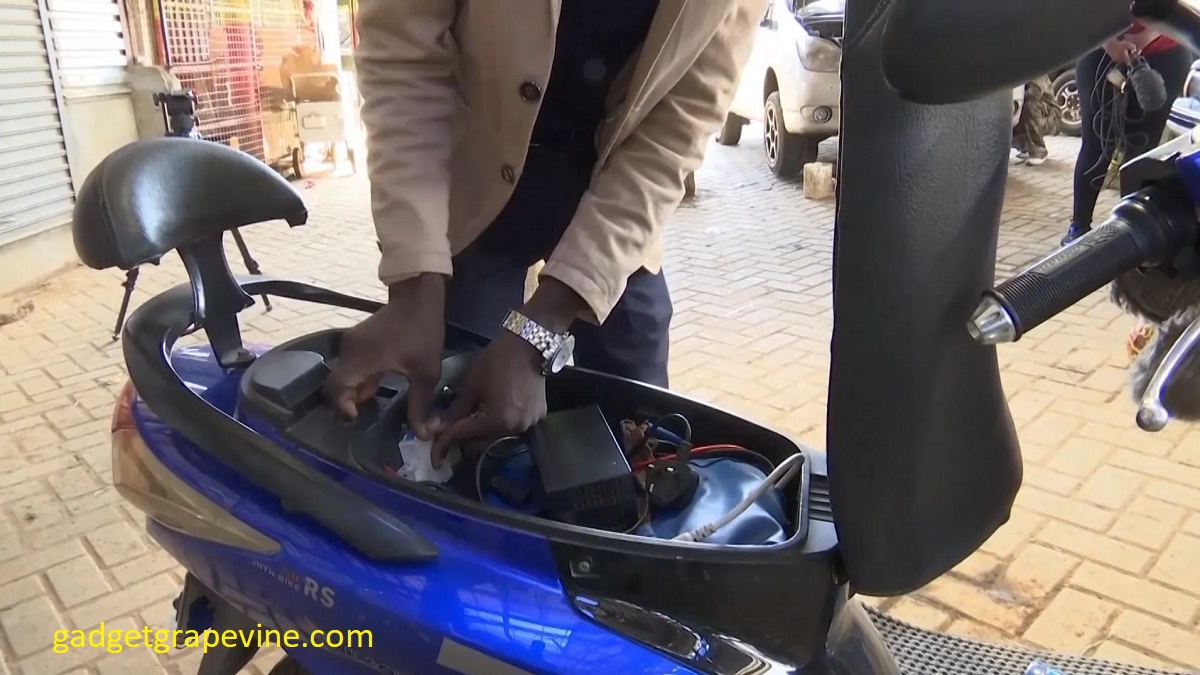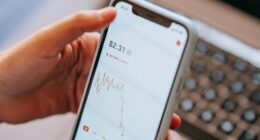The researchers from the Harvard John A. Paulson School of Engineering and Applied Sciences (SEAS) and the Massachusetts General Hospital (MGH) have created a soft robotic wearable that can greatly aid people with ALS in moving their upper arm and shoulder .
Conor Walsh, the study’s senior author, says the findings provide encouragement for the creation of devices that can restore function for those with ALS and other diseases that limit mobility. As the Paul A. Maeder Professor of Engineering and Applied Sciences at SEAS, he oversees the Harvard Biodesign Lab.
The prototype aid is battery-operated and made of a flexible fabric. Tommaso Proietti, the wearable’s first author and a former postdoctoral research fellow in Walsh’s lab, says the technology behind it is straightforward. It’s a shirt with a balloon-like actuator sewn into the underarm area. The wearer’s ability to defy gravity and freely move their shoulder and upper arm is greatly enhanced by the inflated balloon.
Also Read: Top 10 AI Gadgets That Will Make Your Life Easier

By detecting residual movement of the arm, a balloon actuator can help ALS patients move their arms in a more natural and fluid manner. To test how effectively this device might improve people’s lives and extend their potential for activity, the researchers enlisted ten ALS patients .
After a 30-second calibration procedure to detect each wearer’s unique level of mobility and strength, the team discovered that the soft robotic wearable increased participants‘ range of motion, decreased muscle fatigue, and improved task performance, like holding or reaching for objects. In fewer than 15 minutes, participants mastered the gadget’s basics.
Proietti claims that the use of fabric and balloons greatly increases the safety of these systems. Soft robots, in contrast to rigid robots, deflate rather than continuing to function if they malfunction. However, there is no risk to the person wearing them.
Also Read: Silicon Valley Startup Beaming Electricity Wirelessly Raises $30 million

Fabric and balloons make these systems intrinsically safe, and so they are highly recommended, as Proietti explains. When a soft robot fails, the balloons simply stop inflating, in contrast to more conventional rigid robots. The robot poses no threat to the wearer, however.
Walsh claims the wearable feels just like putting on a piece of clothing because of how light it is. Our goal is for these robots to perform like clothing and to be pleasant to wear for extended periods of time,” he explains.
His group is working with David Lin, MD, director of the Neurorecovery Clinic at Massachusetts General Hospital, to develop stroke rehabilitation software. The group envisions further uses for the technology, such as helping people who have suffered spinal cord injuries or have muscular dystrophy.
Among the paper’s co-authors is Sabrina Paganoni, a physician-scientist at the Massachusetts General Hospital’s (MGH) Healey & AMG Center for ALS and an associate professor at the Spaulding Rehabilitation Hospital/Harvard Medical School. “As we work to develop new disease-modifying treatments that will prolong life expectancy, it is imperative to also develop tools that can improve patients’ independence with everyday activities,” she says.
Also Read: Scientists Have Created a Liquid-Melting Robot that Can Escape a Cage.

The current ALS prototype can only be used by people who still have some shoulder movement after ALS treatment. Patients with ALS, however, usually become completely immobile within two to five years, and eventually lose the ability to speak and swallow as well.
The group is working with MGH neurologist and BrainGate Neural Interface System principal investigator Leigh Hochberg to investigate the feasibility of developing assistive wearables whose motions can be controlled by signals from the brain. They believe such a device could help patients with no remaining muscle activity move around one day.
Inspiring, emotional, and motivating, according to Proietti, were the responses from the ALS study participants.
It was a “very bittersweet feeling” to watch people use the wearable to complete tasks and experience movement, and to hear their feedback that they were overjoyed to suddenly be moving their arm in ways they hadn’t been able to move it in years.
Also Read: Sony Honda Mobility Has a Not-So-Secret Weapon To Challenge Tesla in The EV Industry!










